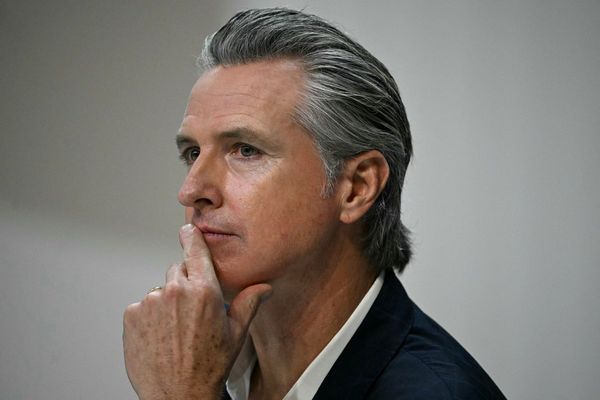
The attack of Ukraine’s Zaporizhzhia nuclear power plant – Europe’s largest – has triggered international concern about the safety of the country’s facilities.
Ukraine is heavily dependent on nuclear energy – it has four main power plants, with 15 reactors, generating about half its electricity. On Friday, the president, Volodymyr Zelenskiy, said artillery fire at the plant could have caused destruction equal to “six Chernobyls”.
For now, say experts, the immediate danger from the attack appears to be low, with Russia having as much to lose as anyone.
“If there’s going to be a major nuclear incident it’s because something deliberately is being done,” said Tom Scott, professor in materials at the University of Bristol. “Surely nobody is going to be that stupid. It doesn’t benefit anyone. The wind is blowing towards Russia at the moment.”
Rafael Mariano Grossi, head of the IAEA UN nuclear watchdog, confirmed on Friday that radiation levels at the site had remained normal, that all safety systems at the plant were unaffected and that the reactors themselves had not been breached. The projectile had hit an administrative building some distance away within the site.
Of the six reactors at the site, five are in safety mode, with one unit operating at 60% capacity. Reports from the site suggest that staff have continued to control operations.
While Zelenskiy was quick to highlight the potential for a Chernobyl-scale incident, the technology at Zaporizhzhia is quite different. The Chernobyl reactor used graphite to keep the nuclear reaction under control and the disaster was caused by a graphite fire. The Zaporizhzhia plant – and those at Ukraine’s other main plants, Khmelnitski, Rovno and South Ukraine – has pressurised water reactors, a more modern type that do not involve graphite. So a fire such as the one at Chernobyl will not occur.
Pressurised water reactors have a steel vessel at their centre, like a giant pressure cooker with 20cm-thick walls. This contains the nuclear fuel and radioactive products from the nuclear reaction and is designed to withstand damage from events such as earthquakes and aeroplane crashes, although not specifically artillery shells. The inner vessel is surrounded by a heavily steel reinforced concrete containment building – Chernobyl did not have this.
For a Chernobyl-level event, both the pressure vessel and concrete bioshield would need to be breached and this would probably require intentional targeting with huge explosives.
Nevertheless, there is deep concern that any attack aimed at taking control of a facility could still lead to a nuclear incident. Experts are especially alarmed that an internationally recognised principle – ensuring the physical integrity of civil nuclear plants – has been disregarded.
“It’s very clear that this is against the Geneva conventions,” said Scott. “It is a flagrant breach of international laws and agreements to do this.”
Grossi, who says the situation “continues to be extremely tense and challenging”, said on Friday that he had offered to travel to the Chernobyl site to facilitate a negotiation between Ukraine and Russia, with the aim of agreeing a framework to guarantee the safety of nuclear plants during the conflict.
A concerning worst-case scenario, Scott said, was damage to the cooling capability at Zaporizhzhia or one of Ukraine’s other facilities.
Even after reactors are switched off, they need continual cooling for several weeks in order to remove residual heat from the core. The cooling systems rely on diesel generators, so any damage to these – or if fuel was siphoned off for other purposes – could cause an incident similar to that at Fukushima, where the plant’s power failed after a tsunami. That could result in the reactors overheating and residual water turning into steam, which could melt the fuel inside the reactor and cause the release of radiation into the atmosphere.
There is also a concern about spent fuel storage facilities being disturbed. After fuel is taken out of a reactor core, it is put into spent pool ponds for a year or more to physically cool down before being transferred to long-term, more secure storage.







